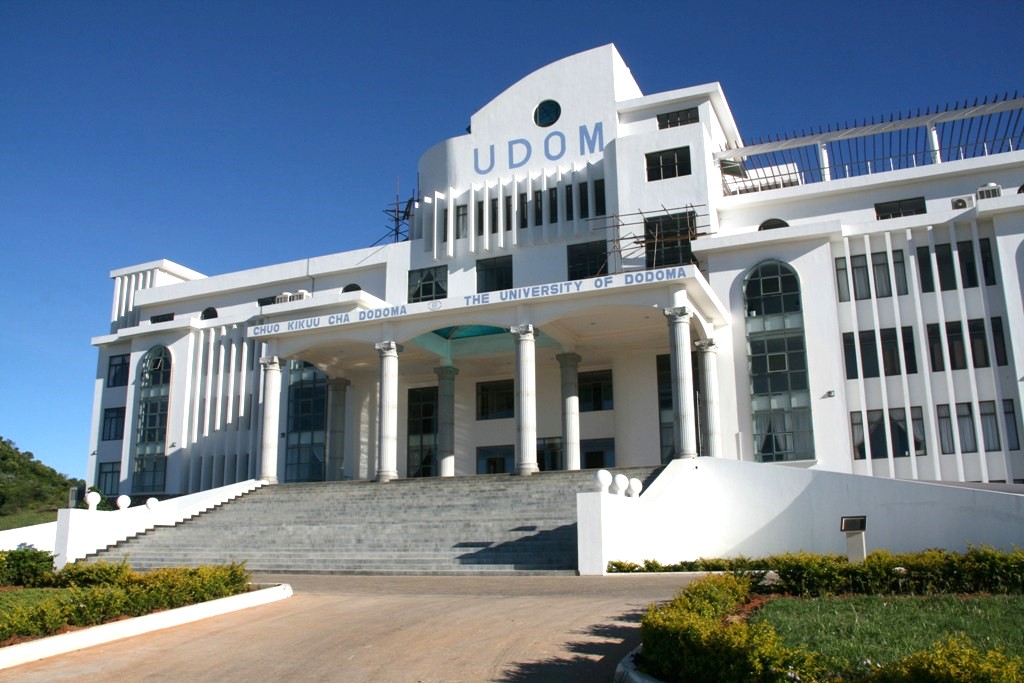Across the rolling highlands of Nandi and the vast ecosystems of Kenya, nature’s song is slowly fading. Once a sanctuary of melodic birds and roaming animals, the country now faces a worrying reality: many of its treasured species are inching toward extinction. In the wetlands, the call of the Grey Crowned Crane, Kenya’s national bird, is becoming rare. In the forests, sightings of the Abyssinian Ground Thrush or Sharpe’s Longclaw are no longer guaranteed. And beyond the trees, the majestic elephant, rhino, and lion — icons of Kenyan pride — are all battling against shrinking habitats and rising human pressures.
In Nandi County, the home of endless green hills and sacred groves, the story is both urgent and hopeful. Here, nature and community meet, and while the threats are real, the people’s response is equally powerful. The county’s wetlands, particularly King’wal Swamp, are lifelines for rare birds such as cranes, herons, and storks. Yet, these same wetlands are being drained for agriculture, grazing, and settlement — stripping birds of their nesting grounds and forcing other species, like the elusive sitatunga antelope, closer to danger.
The extinction crisis in Kenya stretches beyond birds. The black rhino, Grevy’s zebra, hirola antelope, and roan antelope are among the species listed as critically endangered by the Kenya Wildlife Service. Poaching, deforestation, pollution, and climate change have conspired to erase what took centuries to build. But amid this struggle, heroes have emerged — ordinary men and women whose quiet efforts in Nandi are keeping the flame of conservation alive.
At King’wal, a small but determined team of residents formed the Kingwal Community Conservancy, a model of community-driven protection where people guard what they depend on. The conservancy has become a refuge for cranes, sitatunga, and countless migratory birds. Partnering with organisations such as Nature Kenya and the County Environment Department, the group balances farming and habitat restoration — a rare example of coexistence between livelihoods and conservation.
Equally inspiring is the work of Benard Kemei, a farmer from Kapsisiywa who transformed wetlands on his farm into safe havens for cranes and indigenous trees. Through partnerships with environmental groups, he’s turned what was once idle land into a thriving wetland restoration zone — where bird calls now return at dawn.
In South Nandi, the South Nandi Biodiversity Conservation Group (SONABIC) has brought together youth and women to monitor birds, plant trees, and teach environmental stewardship. Their bird-monitoring data now informs local planning — proving that conservation begins with knowledge. In North Nandi, the Murguiywet CBO tirelessly restores the forest canopy, plants indigenous trees, and safeguards rivers that sustain both people and birds.
Women’s groups have also risen as powerful voices. The Chekaldet Women’s Self-Help Group, for example, runs a wetland tree nursery that not only protects King’wal Swamp but also provides income through seedlings and crafts. These women have become stewards of both land and family — showing that environmental care and empowerment go hand in hand.
The Friends of Nandi Environment (FONE), a county-wide community organisation founded in 2001, continues to campaign for the protection of forests and wetlands. Their advocacy against illegal logging and encroachment has shaped the county’s environmental agenda and inspired similar initiatives across western Kenya.
Further south, Joel Mengich Malakwen and the Kiptapkei Environmental CBO have turned cultural pride into conservation power. Drawing inspiration from the Kiptapkei clan’s ancestral totems, they plant indigenous trees and protect riparian zones — restoring bird corridors along rivers and streams. Supported by the Greenbelt Movement and the Nandi County Environment Department, such projects have helped the land breathe again.
Together, these efforts form a mosaic of hope — a testimony that conservation does not belong to governments alone but to communities who live closest to nature. Nandi’s hills, forests, and swamps are living classrooms, teaching Kenya that environmental resilience grows from grassroots action.
Model for Nation
Nandi’s system of fauna and flora conservation offers a powerful lesson for other parts of Kenya. What makes it stand out is its integration of people, culture, and ecology — a model where local communities take the lead while the county government and conservation partners provide technical and financial support. Instead of separating people from wildlife, Nandi’s approach reconnects them.
In traditional African belief, birds were never seen as mere creatures. They were totems and messengers, symbols of clan identity and divine presence. Certain birds were believed to warn of danger such as snakes or evil spirits, and others were thought to escort travellers at night or announce seasons of rain and harvest. Biblically too, birds played a sacred role — Noah knew the floods were over through a bird, sent as an emissary of hope and restoration. These cultural truths remind us that birds are not just part of our ecosystem but part of our spiritual heritage.
Similarly, trees have long been revered in both traditional and modern life. They are sources of medicine, fuel, and shade, and today, they draw tourists from across the world to Kenya’s parks and forests. They anchor soil, purify the air, and preserve water — the very elements that sustain both man and beast. Protecting trees is, therefore, an act of both cultural reverence and survival.
Counties such as Turkana, Taita Taveta, Narok, and Bungoma — all facing threats to unique species — can adapt the Nandi framework: empower local community groups to form conservation associations and manage their local forests, rivers, or wetlands; integrate cultural values by reviving clan totems and indigenous taboos that discouraged destruction of sacred groves and wildlife; promote eco-livelihoods such as beekeeping, bird tourism, and craft-making — activities that sustain both people and nature; invest in environmental education through schools and churches; and create partnerships among counties, universities, and NGOs to share data and protect biodiversity.
If replicated nationally, this model could restore Kenya’s ecological dignity — ensuring that wetlands sing again, forests hum with life, and savannas echo with the sound of the wild. The survival of Kenya’s birds and animals depends not only on big parks and international donors, but on communities like those in Nandi — farmers, teachers, and mothers who have chosen to protect what others might overlook.
Preserve environment
Environmental conservation is not the government’s work alone — it is the patriotic duty of every Kenyan. Loving our country means protecting the rivers that feed us, the forests that shield us, and the birds whose songs define our mornings. Each tree planted, each wetland protected, and each wildlife rescued is an act of national pride. Let us therefore complement the government’s efforts by taking personal responsibility — planting trees in our homes, reducing waste, safeguarding water sources, and supporting conservation initiatives in our neighbourhoods.
If we don’t take care, whatever beauty we are seeing today may not be there in the future unless we make concerted efforts and take immediate action. If we fail to take good care of birds, the natural melodious sounds that we get from trees and skies will be no more.
Our responsibility extends beyond land and air — even marine life must be fully conserved. The fish, coral reefs, mangroves, and sea turtles of our coastal waters form part of the same ecological heartbeat that sustains our forests and skies. Polluting our oceans or destroying marine habitats disrupts this delicate balance and threatens food security for millions of Kenyans. Protecting the sea is, therefore, protecting life itself.
When we love our land and our waters, we secure our future. When we protect nature — from the tiniest bird in the forest to the grandest whale in the ocean — we protect ourselves.
By Hillary Muhalya
You can also follow our social media pages on Twitter: Education News KE and Facebook: Education News Newspaper for timely updates.






